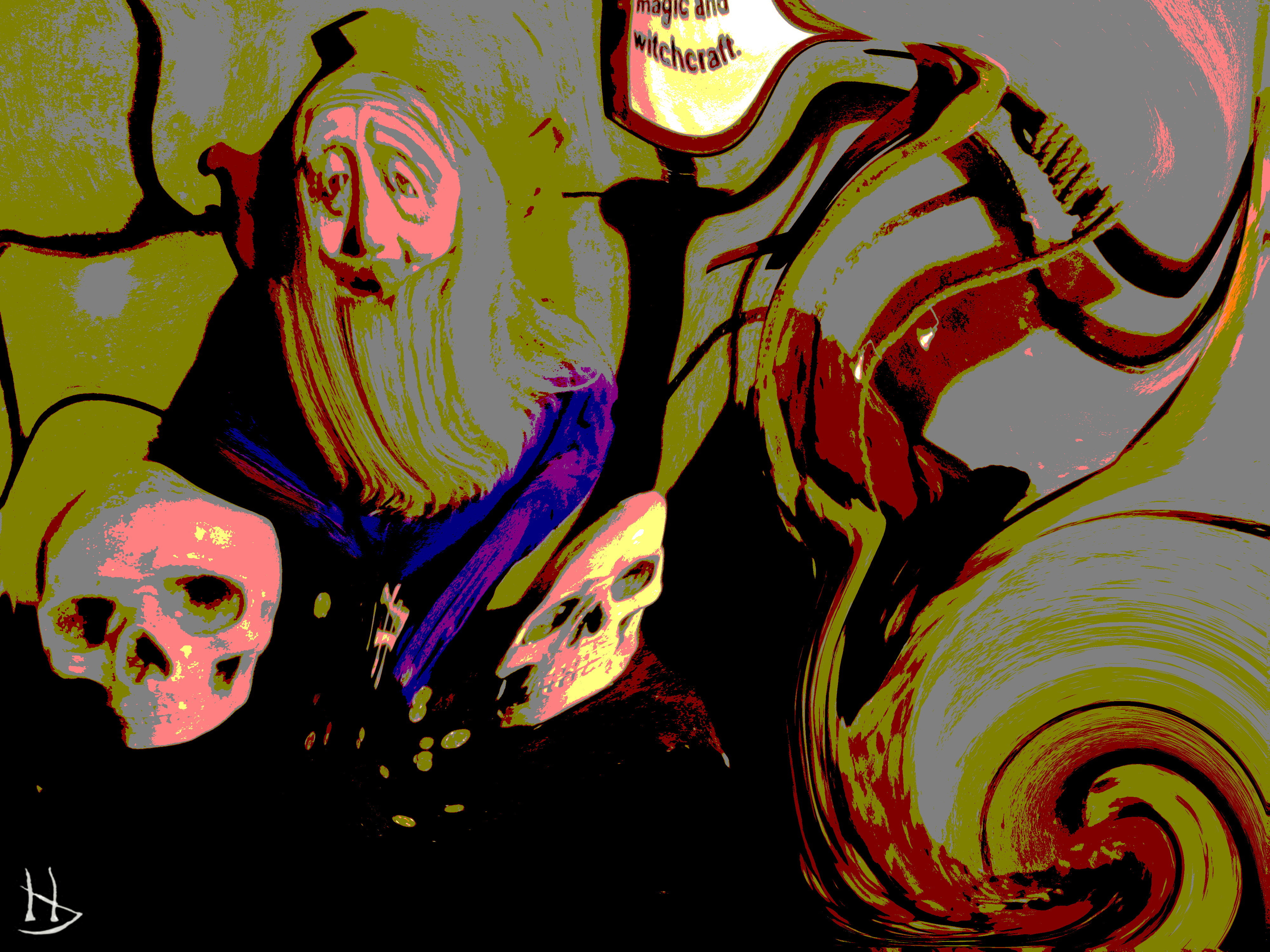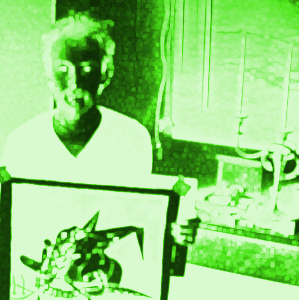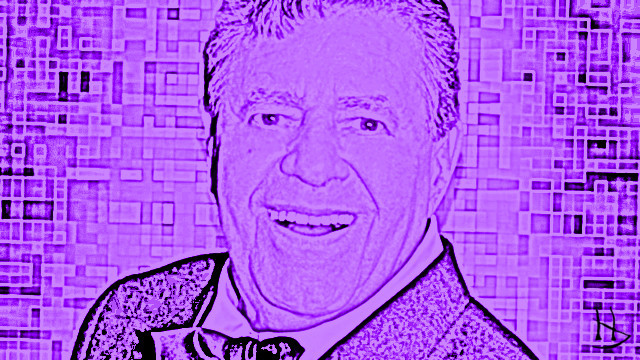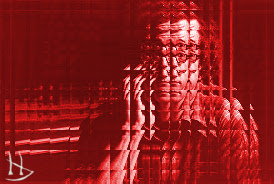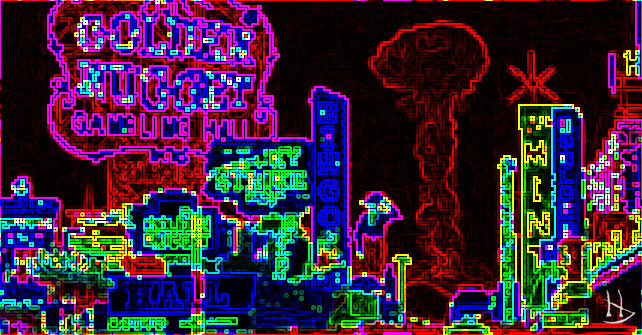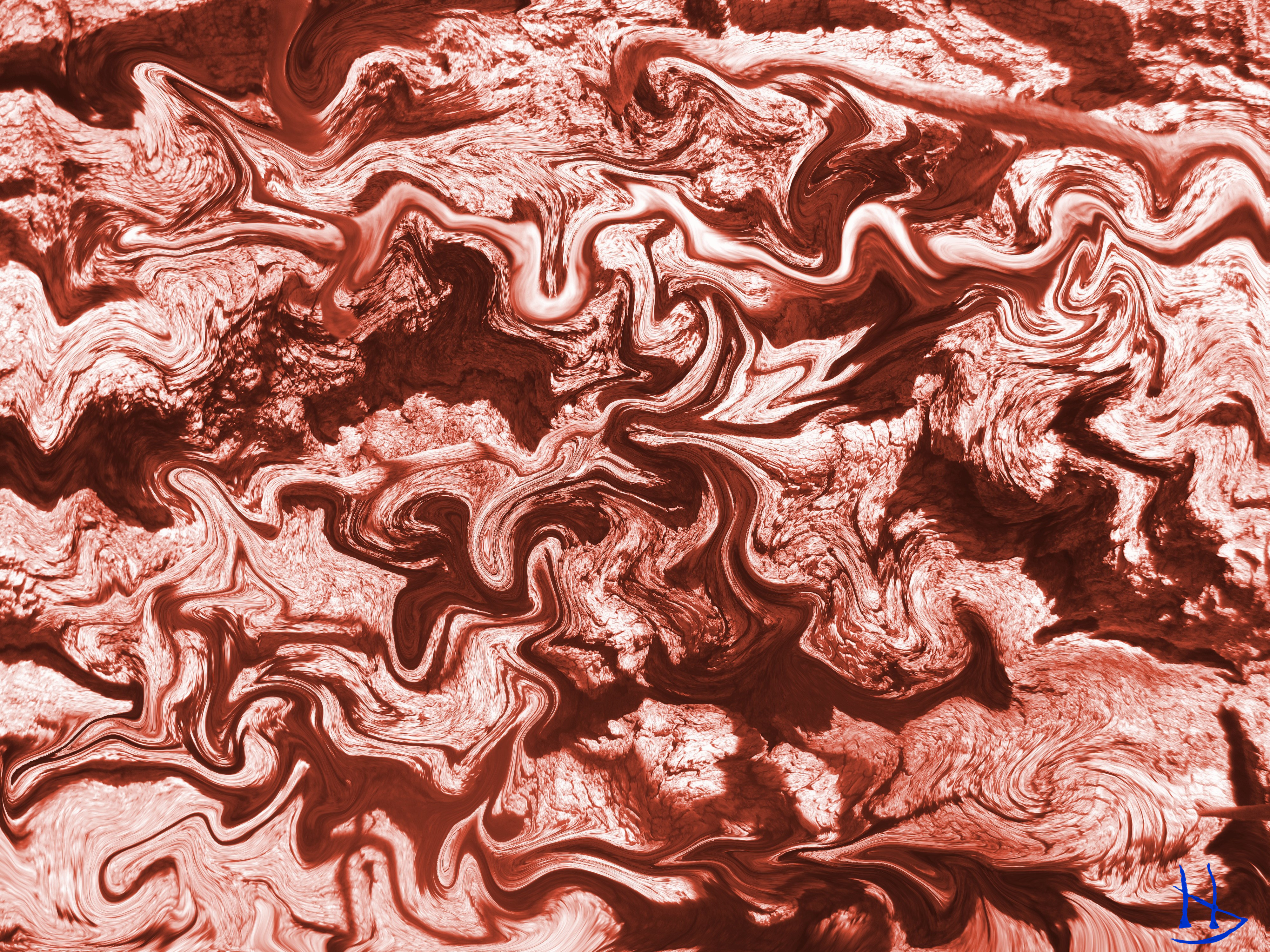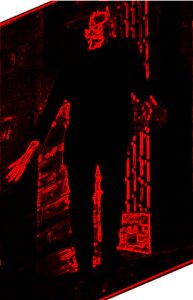STOP TRUMP NOW!
We know that this world must come to an end. Today, we have power far greater than we have ever had before – the life-giving and utterly destructive power of the atom. Is this a sign?
Must we heed the warning of a Trump presidency?
The stakes seem to be at their height. If not the fire and fury of nuclear holocaust then will it be ecological disaster, or some new phase of tyrannical dystopia, or even some other threat percolating in our collective unconsciousness yet to be realized? To just continue down the present course of human history with its racial and social injustice, economic disparity, wars without end, agonizing famine, blight, torture, murder and mayhem is this all there is to hope for? After all every generation has had its false-prophets of doom, why should ours be any different?
Will the destruction of this world give rise to another? Something is blowing in the wind. Call it an energy or a movement, but the revolutionary spirit is out there – the project for utopia.
The paradoxes of this piece are reflected in the politics of our contemporary western civilization – and one of these paradoxes is that of judgment. Since the beginnings of our sacred and profane institutions, we have been taught the gospel of fire and grace. That there are those destined for salvation and there are others destined for eternal damnation. Today this takes shape in the streets of Charlottesville. Is our society to embrace diversity and inclusion or to be reserved for the holy select?
Try as we might, our judgments of one another are hypocritical unless we hold to this faith of the chosen ones. Put another way, this is an indictment of every one of us – without exception for we are the ones who made this world real.
So this magician, illusionist more properly, sits in the Oval Office or on the greens of Mar-A-Lago, weaving his own reality seemingly out of thin air. Certainly, one can find deep sacrosanctity to so traditional a source in these weavings…how they arise without the support of empirical observation, but come from a “beyond”. We should not underestimate this either as its power is real and palpable. Look, who is the President here…?
We worship intellect, yet fail to see it is also at the root of our greatest shortcomings, so this is another paradox we seem to completely miss. Think like his holy prophet of Positive Thinking, Norman Vincent Peale, and project your desired reality onto this world and see it take shape.
What has happened to our instincts? We are the lukewarm…who no longer care. “Whatever”…. We no longer have passion. We no longer listen to our hearts. Our imbalances are both sensual and stem from a too-large cerebral cortex. With our hands, we have crafted a world after our imaginings and reflective of our complete abandonment into the “reality” of the phenomenological self. We are crippled without the use of legs.
Like anything, this all needs to be placed in historical context. We have entered the Security Age featuring the crushing power of Information that few, if any, of us really seem to grasp. This age had a great prophet realized in America through the truly transformational presidency of Ronald Wilson Reagan who set the stage for the ravaging of the Keynesian welfare state and its middle class affluence that marked the preceding era. Humankind has been set upon in virtually every direction. Networks have disappeared and the struggle to replace them has not been in any way successful: faith in the Fatherly spirit has been shaken to its core; our connection to Mother Earth is threadbare, and the familial core of community has virtually evaporated from modern life.
What has replaced these networks? The concomitant dedication to the ego and a neo-Epicurean life of fantasy made real. In the end, we are burnt out. We know that true, lasting happiness has evaded us in the pursuit of fleeting moments of pleasure, yet we know not where to turn for answers. The new idols have turned out to be no better than the old ones, or even, in many respects, to have made our situation worse.
Let’s get a quick definition out of the way. The world is where we live. From a Gnostic vantage, this is a dystopian reality. Call it Hell on Earth if you will while the Earth itself is the sacred planet and otherwise has nothing to do with this “world”.
The world is what we made up. It was formed from some nether void of our unconscious with what tools we had access to. It is a reality that took shape based on our projections and our desires – for personal gain or “success”, wealth, and for love or for pleasure.
Despite the apparent devolvement of our manifest reality, we are slowly maturing. Call this evolution. Recall the expression – take a step back to take two steps forward.
This reality, this world, is a part of our un-actualized and unfulfilled collective selves. In a very real way, this world was formed through a sort of male adolescent fantasy. It really does lack real maturity, it lacks the hermaphroditic balance of self-actualization, it has grown from violence, lust, and the self-serving quest of pleasure.
I share in this like we all do on some level. Those in power and those who are stuck in these imbalances of being most especially live in this creation. Look at the seat of our governance. Do you occasionally look at this space in Washington and ask yourself if these people have any connection to our lives or what we perceive as real?
This dream world which we call reality is really a nightmare. This world has lost its humor. What it does best is perpetuate misery punctuated by moments of dreamless sleep or utter unconscious orgasmic loss. Something we used to call pleasure, but it is all now an empty pit in the place we used to call our heart.
Watch some of the films of male adolescent fantasy. For my generation that includes the James Bond adventures – mainly the ones starring Sean Connery. Sergio Leone’s spaghetti-westerns starring Clint Eastwood and any of Bruce Lee’s movies. I can literally watch these films over and over. To me these are ambrosia testosteroné.
To capture this one need only turn the sound down while viewing the half-parodies of Our Man Flint or In Like Flint with James Coburn and fill in the blanks. This is a white-washed fantasy world of popsicle bikini flesh (primarily white) women fulfilling a subservient role and shaking and dancing to the satisfaction of powerful (and tight-ass) males like Derek Flint who use intelligence, scientific knowledge, violence, impeccable looks and their boyish charms to alter the course of reality in a global espionage setting. These films are representations of the adolescent male fantasies that have driven us into our own dystopian “reality”. Yes, these are the people who have been in charge and remain in charge of this reality we submit to.
Their lies prop up this reality. They will tell you that you’re an idealist (and secretly they must deny that theirs is a reality that is “made up” by former Idealists they now call Realists). You live in a fantasy world (yet who exactly is perpetuating a dangerous and destructive fantasy?). You are powerless (be afraid in your loose hold on bourgeoisie comfort). You can’t change anything (you are impotent). You are fighting the natural state of things (and are a mere speck in the gargantuan technological world). This is unnatural (as if this world shared anything with the natural earth beyond its utter brutality). You are pursuing an illusion that comes from superstitious hysteria (remember, those who are smarter than you have declared that god is so dead). You’ve heard this and more and will continue to hear from those who deceive or those who are themselves deceived enough to perpetuate these lies.
Be like Trump in this and respect the power of projection – the power of the will. Fear this, not the ogres they push forward from the darkness of the id, but fear and respect this power as it is real power. We have got to take this power for ourselves. Feed a new reality. Visualize it. Project a positive end to this world and not the annihilation that feeds the ultimate death-wish of our wholly undeveloped and psychically damaged brothers and sisters. They may have never crossed that threshold into manhood or womanhood (or, indeed, even conceived of the merger of opposites). Their path, their projections, and especially their reality should not be our reality. We’re bigger than that. We need to change this world, but to take their path is life-nullifying. This is the Thanatos calling them to the oldest lie there is – that peace and beatification can be found only in the quiet sleep of ultimate (and ultimately illusive) death. We must heed the calling of life, of brother/sisterhood, of peace, love and fellowship. We must not submit to this world. We must rise up and stop Trump now! In a very real sense, as we approach actualization – as we evolve, we must simplify…yes indeed, we really must become children again. This time, though, we bring something new to this life we seek – the life that we must discover, project upon the planet and finally actualize.
This post originally appeared on the Reveille website on August 15, 2017 in a slightly altered form.
